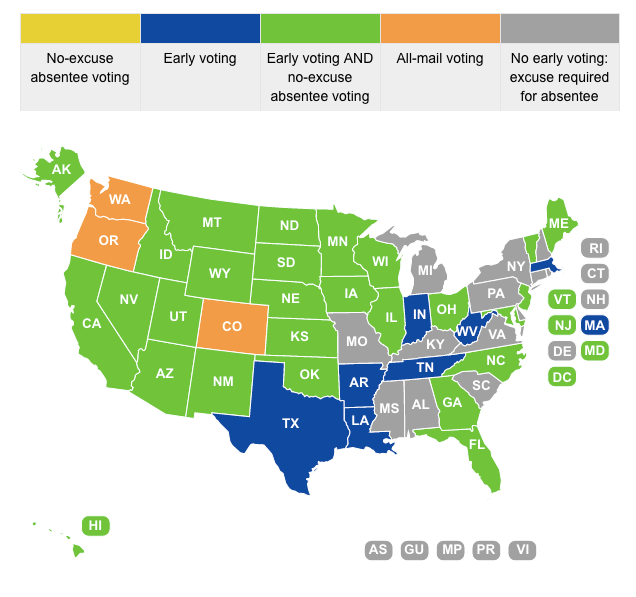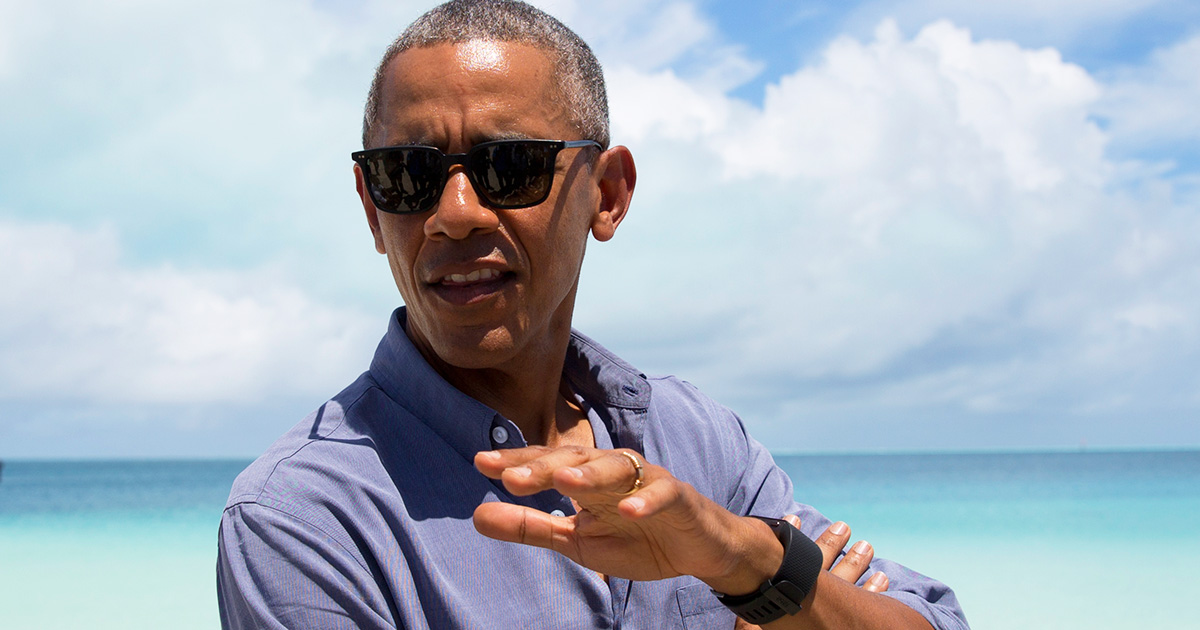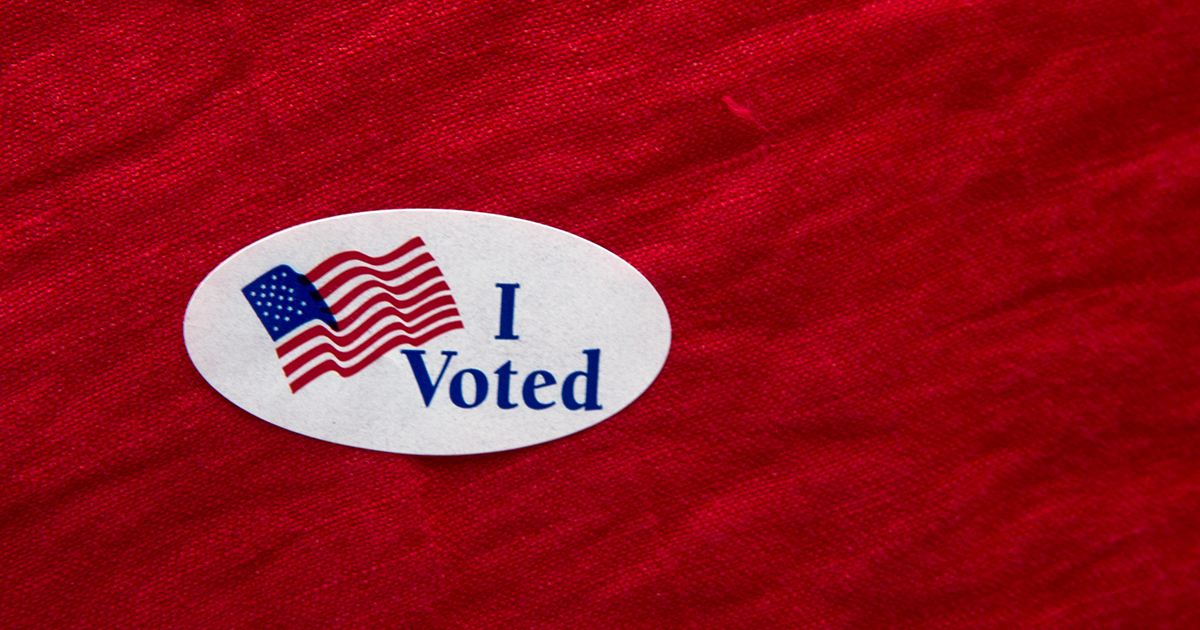How to Vote If You Won't Be Able to Go to the Polls on Election Day

By:
The absentee ballot, which allows a voter to cast her vote somewhere other than the official polling station on Election Day, has long been a controversial feature of our partisan, and often embattled, U.S. voting process.
As the 1864 elections loomed during the Civil War, there were legislative debates over whether large numbers of young soldiers could participate in the election from the battlefield. Since then, the absentee ballot has remained a somewhat controversial civic allowance, erupting into questions of access, fraud, good-governance, and national security, complete with differing state-to-state requirements.
If you are not going to be in the state in which you are registered to vote on November 8th, or if you have a prohibiting health problem, of if you are an out-of-state college student, or the only person in the country going on vacation the first week of November, then you need to register for an absentee ballot in order to vote.
States with mail-in voting will mail an absentee ballot to voters who request one, but in 20 states an excuse — such as health issues or being out-of-state on voting day — is required, while 27 states and D.C. permit any qualified voter to submit an absentee ballot without offering an excuse. Registering to vote takes about three minutes online. Websites on how to learn and navigate your state’s requirements abound, from Vote.org to the NAACP and the Brennan Center’s Student Voting Guide.
 National Conference of State Legislatures - ncsl.org
National Conference of State Legislatures - ncsl.org
Florida, a hotly contested battleground state, requires only basic information be submitted to qualify for absentee voting.
“This is my first time voting,” said 23-year-old Lana Caster.
“Because I have immersed myself in this particularly shocking election, and Florida consistently swings, the importance of casting my vote there is so crucial,” said Caster, a Floridian voting via absentee ballot.
The unprecedented dynamics of this year’s presidential race may renew the significance of absentee participation, but recent polls show the contested election is not expected to mobilize young voters, who are more inclined to vote for a third-party candidate or stay home entirely. The youth vote is a historically difficult one to capture. (According to the U.S. Census Bureau, young adult voters between 18 and 24 years old have reliably voted at lower rates than any other age group since the early 1960’s.) However ironically, though, the youth vote wields serious power. In 2012, President Obama won the 18 to 29 age group by a margin of five million votes, enough to have put Romney in the White House.
 AP/Carolyn Kaster - apimages.com
AP/Carolyn Kaster - apimages.com
Today, early voting is seeing a humble increase on the national scale with each election. From 2008 to 2012, early voting increased modestly from 29.7 percent to 31.6 despite the national turnout decreasing by about five percent in that period, and it is expected to continue on that trajectory. In the 2014 mid-terms, 18 percent of voters (about 19 million people) cast absentee votes, compared to the 61 percent who went to the polls, according to the U.S. Election Assistance Commission.
Typically, 1 to 2 percent of those absentee ballots are rejected for various reasons, from missed deadlines and lack of a valid signature to non-matching signatures or lack of proper ID.
 AP/Jon Elswick - apimages.com
AP/Jon Elswick - apimages.com
Every state has a board of elections, where you can also register, learn more about your state’s voting process, and apply for an absentee ballot. Who knows, it could be the difference between a red or blue state, and a Donald Trump or Hillary Clinton White House.
“This is the most important election for our community,” said New York NAACP President Geoffrey Eaton at a small rally in Harlem. “Every single vote must be cast.”
